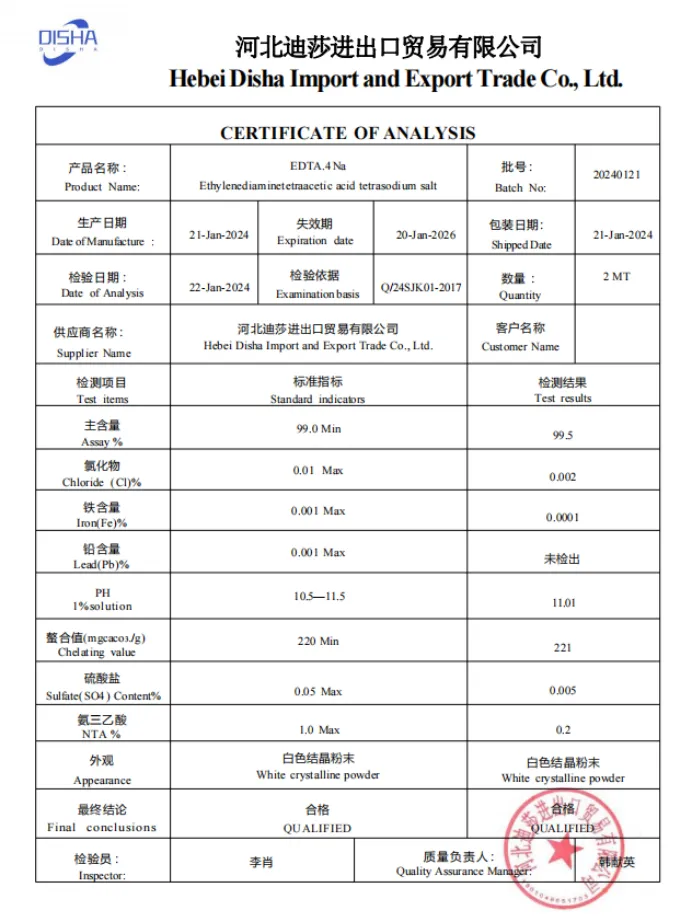Warning: Undefined array key "title" in /home/www/wwwroot/HTML/www.exportstart.com/wp-content/themes/1198/header.php on line 6
Warning: Undefined array key "file" in /home/www/wwwroot/HTML/www.exportstart.com/wp-content/themes/1198/header.php on line 7
Warning: Undefined array key "title" in /home/www/wwwroot/HTML/www.exportstart.com/wp-content/themes/1198/header.php on line 7
Warning: Undefined array key "title" in /home/www/wwwroot/HTML/www.exportstart.com/wp-content/themes/1198/header.php on line 7
- Afrikaans
- Albanian
- Amharic
- Arabic
- Armenian
- Azerbaijani
- Basque
- Belarusian
- Bengali
- Bosnian
- Bulgarian
- Catalan
- Cebuano
- China
- China (Taiwan)
- Corsican
- Croatian
- Czech
- Danish
- Dutch
- English
- Esperanto
- Estonian
- Finnish
- French
- Frisian
- Galician
- Georgian
- German
- Greek
- Gujarati
- Haitian Creole
- hausa
- hawaiian
- Hebrew
- Hindi
- Miao
- Hungarian
- Icelandic
- igbo
- Indonesian
- irish
- Italian
- Japanese
- Javanese
- Kannada
- kazakh
- Khmer
- Rwandese
- Korean
- Kurdish
- Kyrgyz
- Lao
- Latin
- Latvian
- Lithuanian
- Luxembourgish
- Macedonian
- Malgashi
- Malay
- Malayalam
- Maltese
- Maori
- Marathi
- Mongolian
- Myanmar
- Nepali
- Norwegian
- Norwegian
- Occitan
- Pashto
- Persian
- Polish
- Portuguese
- Punjabi
- Romanian
- Russian
- Samoan
- Scottish Gaelic
- Serbian
- Sesotho
- Shona
- Sindhi
- Sinhala
- Slovak
- Slovenian
- Somali
- Spanish
- Sundanese
- Swahili
- Swedish
- Tagalog
- Tajik
- Tamil
- Tatar
- Telugu
- Thai
- Turkish
- Turkmen
- Ukrainian
- Urdu
- Uighur
- Uzbek
- Vietnamese
- Welsh
- Bantu
- Yiddish
- Yoruba
- Zulu
Oct . 08, 2024 15:06 Back to list
Exploring the Benefits and Uses of Xanthan Gum in Various Industries
Understanding Xanthan Gum Uses, Benefits, and Production
Xanthan gum is a polysaccharide that has gained immense popularity in the food industry and beyond due to its unique thickening and stabilizing properties. Produced by the fermentation of sugars by the bacterium Xanthomonas campestris, xanthan gum is widely utilized in various applications, ranging from food products to cosmetics and pharmaceuticals.
Composition and Properties
Xanthan gum is composed of glucose, mannose, and glucuronic acid, which together form a complex, highly viscous substance. One of its remarkable features is its ability to provide viscosity and stability even at low concentrations. Usually, a mere 0.5% to 1% concentration of xanthan gum can significantly alter the texture and consistency of liquids, making it especially valuable in many formulations.
Uses in the Food Industry
In the food industry, xanthan gum is primarily used as a thickening agent and stabilizer
. It is commonly found in salad dressings, sauces, soups, and baked goods. One of its key advantages is its ability to create a smooth texture without altering the taste of the final product. For gluten-free baking, xanthan gum is a crucial ingredient, as it mimics the texture that gluten provides, offering elasticity and chewiness to doughs and batters. This property allows people with celiac disease or gluten sensitivity to enjoy baked goods without compromising on the texture they cherish.xanthan gum is

Despite being derived from bacteria, xanthan gum is considered safe for consumption and has received approval from regulatory bodies like the Food and Drug Administration (FDA) and the European Food Safety Authority (EFSA). Its GRAS (Generally Recognized As Safe) status further reinforces its safety in food applications.
Industrial and Cosmetic Uses
Beyond the food sector, xanthan gum finds applications in various industrial and cosmetic products. In personal care items such as lotions, shampoos, and creams, it acts as a thickener and stabilizer, enhancing the overall texture and appearance of the product. Its ability to maintain stability in different temperatures and pH levels makes it a preferred choice in formulations where consistent quality is essential.
In the pharmaceutical industry, xanthan gum is employed in drug formulations, especially in controlled-release medications. It functions as a gel-forming agent in oral and topical products, ensuring that the active ingredients are delivered to the body effectively over an extended period.
Conclusion
Xanthan gum is more than just a food additive; it is a versatile ingredient that plays a vital role in numerous industries. Its ability to enhance texture, stability, and viscosity has made it indispensable in both culinary and industrial applications. As consumers continue to seek products that meet diverse dietary needs and preferences, the demand for xanthan gum is likely to grow. Understanding its properties and uses can help consumers make informed choices about the products they select, whether they are gluten-free options or high-quality personal care items. As innovation in food technology and the personal care sector progresses, xanthan gum will undoubtedly continue to be a key ingredient in various formulations, contributing to the development of safer and more enjoyable products for consumers everywhere.
Latest news
-
Certifications for Vegetarian and Xanthan Gum Vegetarian
NewsJun.17,2025
-
Sustainability Trends Reshaping the SLES N70 Market
NewsJun.17,2025
-
Propylene Glycol Use in Vaccines: Balancing Function and Perception
NewsJun.17,2025
-
Petroleum Jelly in Skincare: Balancing Benefits and Backlash
NewsJun.17,2025
-
Energy Price Volatility and Ripple Effect on Caprolactam Markets
NewsJun.17,2025
-
Spectroscopic Techniques for Adipic Acid Molecular Weight
NewsJun.17,2025

